St. Pancras Station is well known for being the home of the ‘Eurostar’, where one can board this magnificent shuttle at London and be transported to the wonders of Europe in less than an hour’s time.
7 Unknown Facts About St. Pancras Station
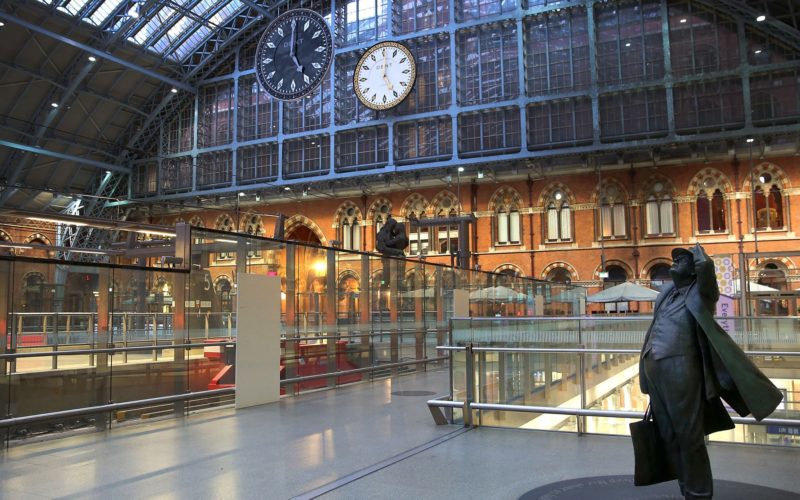
Eurostar’s Second London Home
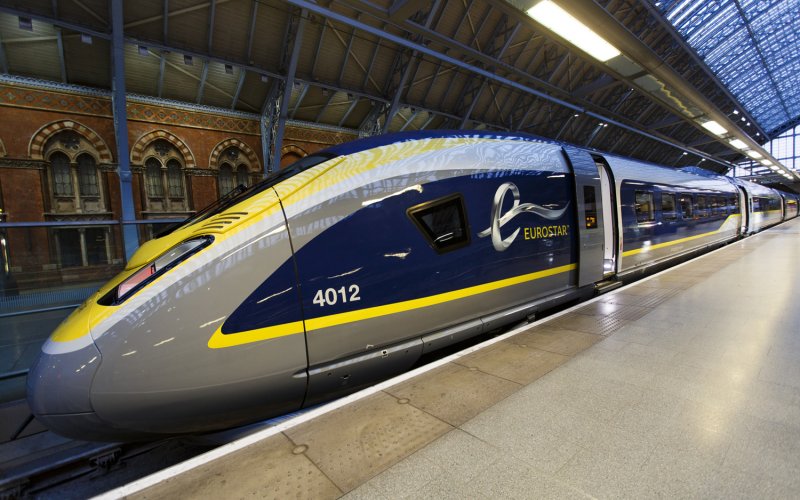
Initially, Eurostar services started to the continent from Waterloo International, which was located at the South of the river Thames, before it was shifted to its London terminal in St. Pancras International station in 2007.
This shift was facilitated due to the completion of the high-speed Channel Tunnel Rail Link, renamed High Speed 1. The construction of this new high-speed rail link diminished the journey time to the continent from London to less than 40 minutes.
Home of trains that carried beer to London
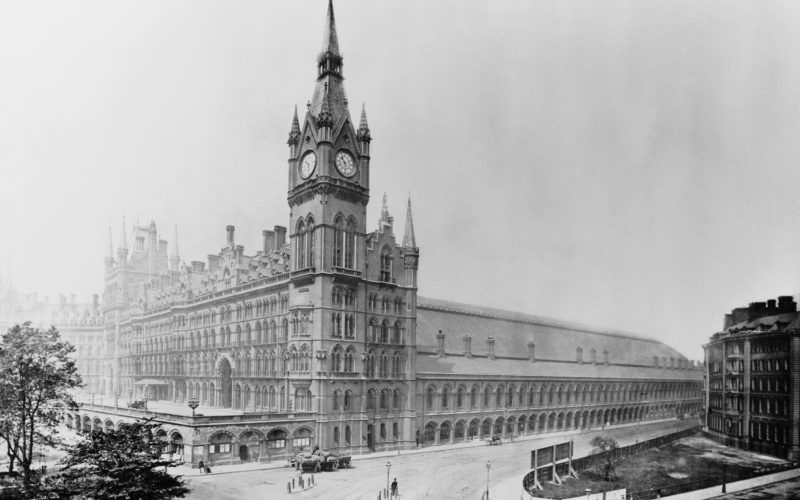
Have you ever heard of Beer trains? Not just one but three?! Every day, three trains transport beer from, South from Burton upon Trent to London where the final stop is St. Pancras Railway Station.
During brewing season more than three trains are operated for the transport of beer. But transportation was never limited to only just beer, in 1872 – 800,000 tons of coal were brought in through the Midland Railway, which amounted to roughly 18% of the city’s total coal consumption.
London’s pearly tradition and St. Pancras
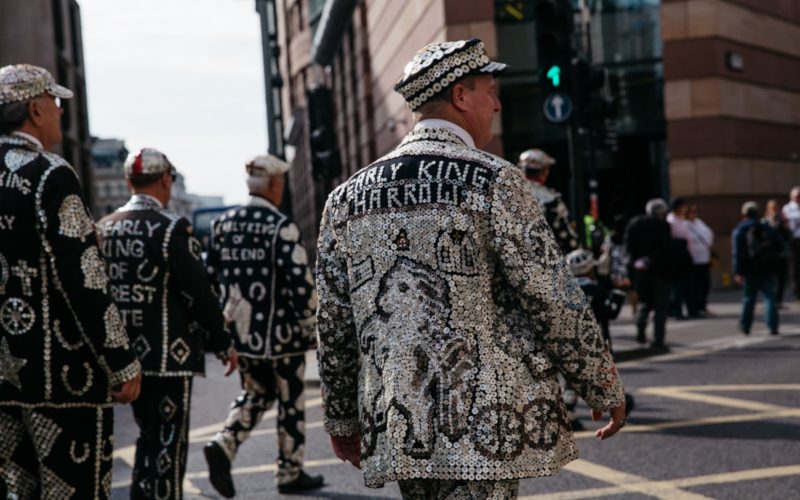
St. Pancras has a historical link to the proud tradition of Pearly Kings and Queens of London when Henry Croft who was an orphan and a street sweeper became the very first Pearly King by creating a suit that was completely covered with mother-of-pearl buttons. He created the suit to help raise funds for the St. Pancras orphanage, where he was raised till the age of 13.
A Nazi bomb fell on St. Pancras during World War II
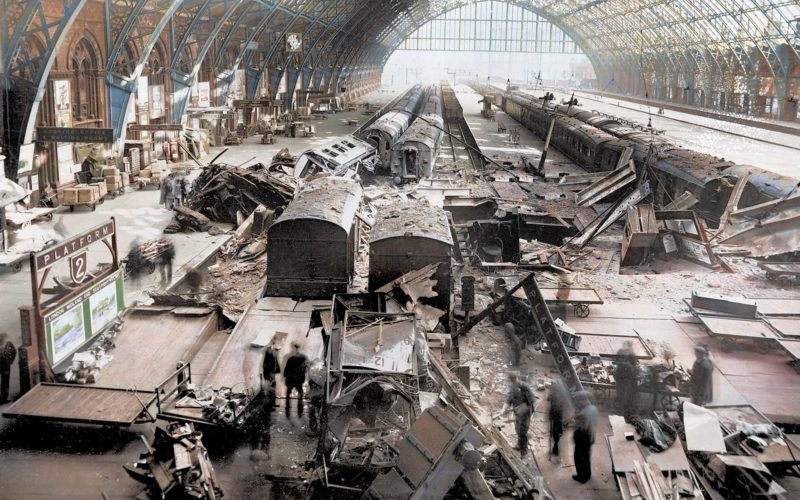
During World War II, St. Pancras was among the many significant buildings that were attacked from the Blitz – a bombing campaign against Britain in 1940-1941. A 500kg bomb fell through the roof of the station and exploded, causing severe damage to platforms 3 and 4, the undercroft and the Metropolitan Railway.
But despite the devastating damage, it was critical to have St. Pancras operations up and running again; as such, emergency repairs ensured that the station and its services were back on track within one week.
St. Pancras was almost demolished in the 1960s
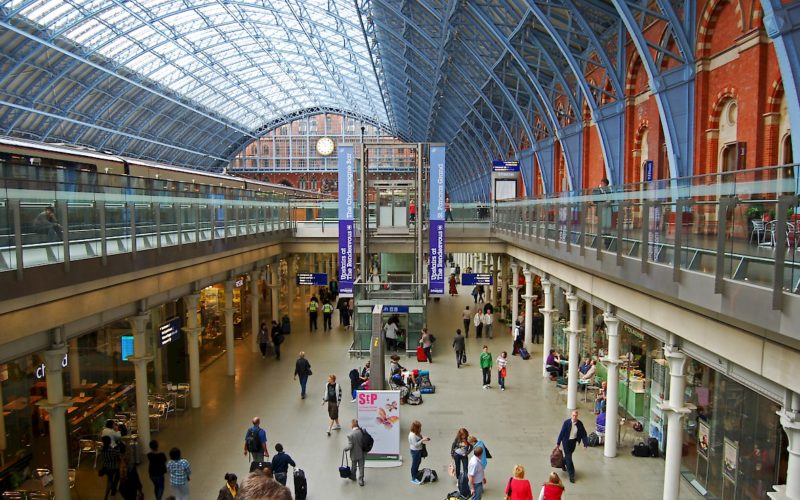
When passing The Grand Terrace, have you ever noticed the statue of a plump fellow and wondered who is he and why he is ceremoniously located in the middle of the station?
The statue is of Sir John Betjeman, a poet and a railway enthusiast who bravely led a campaign to save the St. Pancras station from being demolished by the British Railways Board. During the 1960s, the board decided to combine St. Pancras with King’s Cross Station, a plan, if carried out would have succeeded in demolishing both stations in the process. But thanks to the brave efforts led by Sir John Betjeman, the St. Pancras Station celebrated its 150th anniversary in 2018.
Elton John’s generous gift to St. Pancras
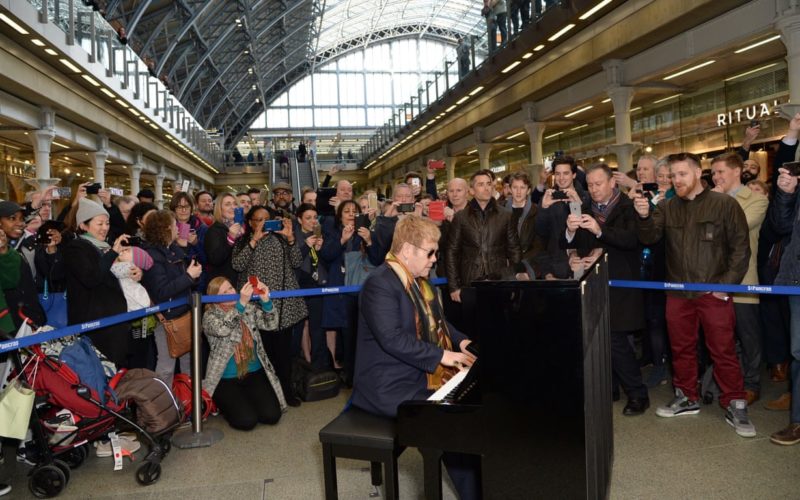
In February 2016, Sir Elton John surprised the public at the St. Pancras station by a mesmerizing piano performance that delighted the everyday commuters. After the piano medley, Sir Elton John generously donated the Yamaha Piano he played during his performance to the station, signing it with the words: “Enjoy this piano. it’s a gift. love, Elton John.”
This magnificent musical instrument can be seen today on the station concourse, open for anyone to sit down and strum a tune before continuing with their journey. Among the spontaneous performers are some world-class musicians such as Jools Holland, John Legend and Bill Bailey.
Saint Pancras – the martyred child
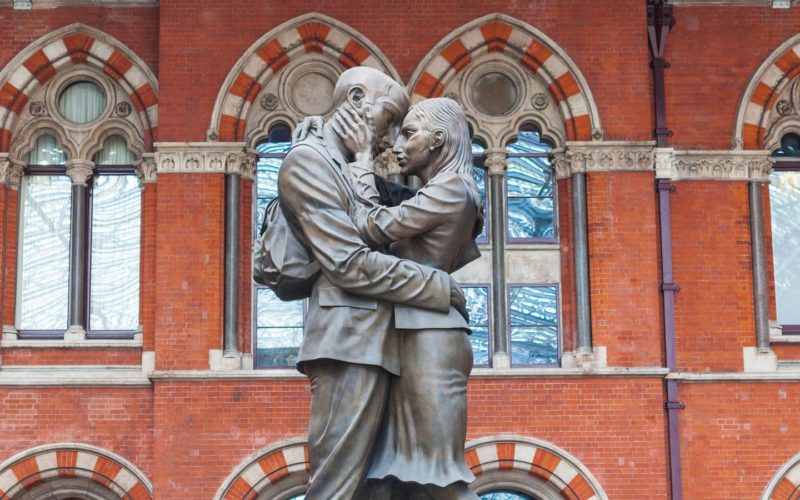
Saint Pancras was a Roman citizen who was beheaded by the Roman Emperor Diocletian, for his faith after he converted to Christianity, around the year 304. It is said that Saint Pancras was martyred at the age of 14 when he refused to renounce his Christian faith. It was only two years later did Constantine the Great, went on to become the very first Roman Emperor to convert to Christianity.